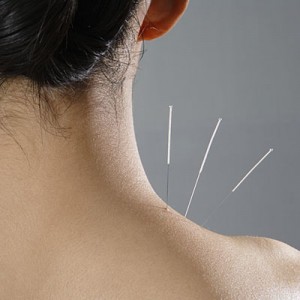
More evidence that low-calorie sweeteners are bad for your health
Studies show that artificial sweeteners can raise the risk of hypertension, metabolic syndrome, type 2 diabetes and heart disease, including stroke.

Natural Health News — Acupuncture that achieves de qi, a type of intense stimulation, produces improved facial muscle recovery, reduced disability and better quality of life, in patients with Bell’s palsy.
Bell’s palsy is sudden onset of partial, and sometimes total facial paralysis that can happen overnight. It is the result of inflammation of the facial nerve, though what causes the inflammation is largely unknown. Viral infection is one explanation, stress and head trauma are others. It is usually temporary, resolving within weeks or months, although it can sometimes be permanent. The usual treatment is corticosteroids; antiviral treatment is not usually effective.
Acupuncture is used to treat a variety of conditions and is gaining acceptance worldwide. De qi is a combination of sensations stimulated by manipulation of acupuncture needles – soreness, tingling, coolness, warmth and others radiating at the insertion points – but has not been widely studied.
“There is a long-held belief in the traditional theory and clinical practice of acupuncture that the intensity of the stimulus must reach a threshold to elicit de qi, which plays a pivotal role in achieving the best therapeutic effects,” writes the Chinese researchers.
Strong versus weak stimulation
In a randomised controlled trial published in the Canadian Medical Association Journal with 338 patients, Chinese researchers sought to understand the efficacy of acupuncture with weak stimulation or strong stimulation.
The trial, conducted at 11 tertiary hospitals in China, involved 15 experienced acupuncturists who administered acupuncture to the de qi group (167 people), which received intense stimulation, and the control group (171 people), which received needles but no stimulation.
Patients’ facial expressions, a marker of facial-nerve function, were rated on a 6-point scale and videotaped to ensure consistent findings across hospital sites.
Six months after the trial began, facial-nerve function, disability and quality of life were better in patients in the de qi group than in the control group.
“We found evidence that acupuncture with de qi improved facial muscle recovery, disability and quality of life among patients with Bell palsy. Stronger intensity of de qi was associated with better therapeutic effects.” said Dr. Wei Wang, Department of Neurology, Key Laboratory of Neurological Diseases of Chinese Ministry of Education, Wuhan, Hubei, China.
“De qi and its related techniques should be properly appreciated in acupuncture practice and research, and should be considered for inclusion in clinical guidelines for acupuncture,” the authors conclude.

Please subscribe me to your newsletter mailing list. I have read the
privacy statement